In the series Advanced Motorcycling, first started in our Winter Newsletter 2019/20, we have another article from Andy Slater, Chairman of the Thames Vale Advanced Motorcyclists
Insights into Advanced Motorcycling – Andy Slater
The Limit Point and moving to get the ‘view’
The Limit Point is the furthest point you can see on the road across unbroken tarmac. This governs your speed as at all times you should be able to stop within that distance, on your side of the road. There are exceptions, for example on single track roads where this distance is halved. So naturally if you can position your bike on the road to extend the Limit Point you can go faster – Yes?
In manoeuvring to extend your view and the limit point though, where can you move across the centre line of the road? What is ‘off-siding’ and ‘straight-lining’ and when can you use these techniques?
Off-siding
Firstly, ‘off-siding’ is when you purposely move across the centre line/hazard line, (or in the absence of such a line, the centre of the carriageway) in order to extend your view.
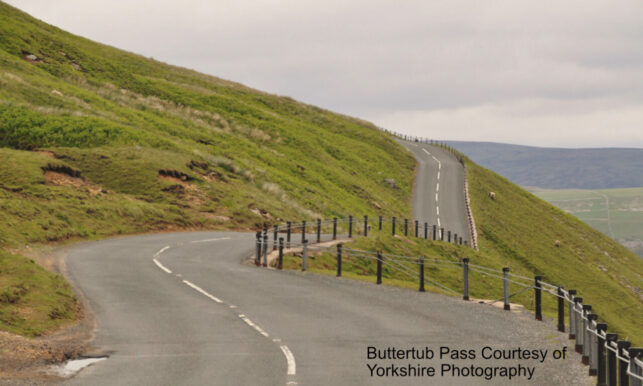 Where’s the Limit Point here?
Where’s the Limit Point here?
On single track roads, where there is no possibility of passing an oncoming vehicle due to the width of the road, it is acceptable to cross the centre line of the road, providing it is both advantageous and gives no risk of conflict in order to enable you to be seen earlier by other road users and for you to see on-coming traffic.
However, on two-way carriageways (normal A and B roads) experience is showing that moving across the centre line of the road when, for example approaching a left-hand bend at the end of a straight, is causing riders to put themselves in danger.
Where as this was a technique taught many years ago by some Police Training Schools, IAM RoadSmart now actively discourages this practice and it is therefore not acceptable on test to move right of the centre line for a left-hand bend.
The exception would be if having performed an overtake you were already over the centre line and hence have a view around the approaching bend. In this situation you may stay in an off-side position rather than move back to the near-side of the road which would shorten your view. So if you have the view due to your position you may keep it but you can’t purposely move over the centre line in order to gain the view.
Bends – Straight-lining/Trimming
‘Trimming’ or ‘Straight-lining’ a set of open bends is an effective way of making progress whilst keeping the bike upright in a stable position with minimal input. It also helps preserve an extended view through the bends to the limit point. However, the rider must be constantly aware of any areas of potential ‘dead-ground’ within the bends where your view is restricted and where vulnerable road users may be (horses, cyclists, pedestrians, etc) or other hazards. Your view should always be from kerb-to-kerb throughout if straight-lining a set of bends.
Straight-lining must not be carried out if there is a risk of conflict with other road users or where it will inconvenience, confuse, or cause alarm or distress, to others.
If you compromise your own or any other road user’s safety you will fail the test.
Roundabouts – Straight- lining/trimming
‘Trimming’ or ‘Straight- lining’ roundabouts is often encouraged to enhance safety, stability and progress on a motorcycle. This is correct if the situation is appropriate, for example on mini-roundabouts, in the wet or where fuel spillages may have occurred.
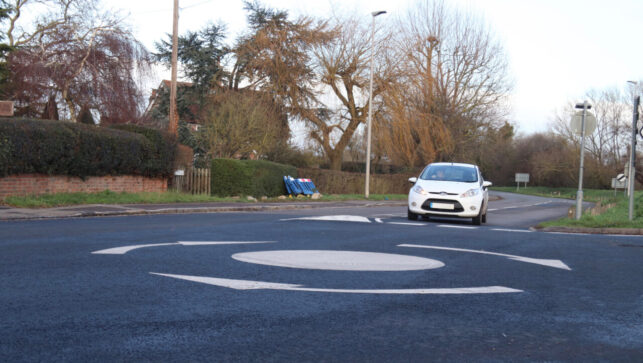
This must not however be carried out if it will inconvenience, confuse or where there is a risk of conflict with other road users. The risk from traffic approaching from the rear is also a serious consideration in the decision as to whether to ‘straighten’ a roundabout especially if moving outside of the defined lane you are currently occupying.
You should avoid touching or riding over the white paint used in the centre of mini-roundabouts. Motorcycles are deemed to be manoeuvrable enough to travel around roundabouts, not over them, or worse still if turning right, cutting across and going the ‘wrong-way’ around them.
You should always aim to remain in the safest position on the road. If a vehicle is waiting to enter the roundabout from another road and the safest route means you cross the white paint the examiner would consider if this was the safest option. If after a de-briefing you had convinced him this was done for the right reasons, he could still pass you. If though you ride over a roundabout for no reason other than convenience, the examiner will fail you.
As always, if you compromise your own, or any other road user’s safety, the examiner will fail you.
This article is an extract from Insights into Advanced Motorcycling Part 1. Both Part and Part 2 are now available from Amazon.co.uk and eBay.co.uk.

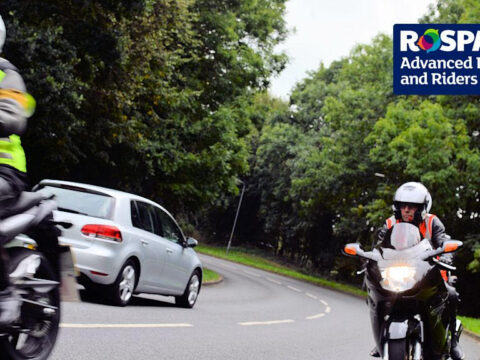



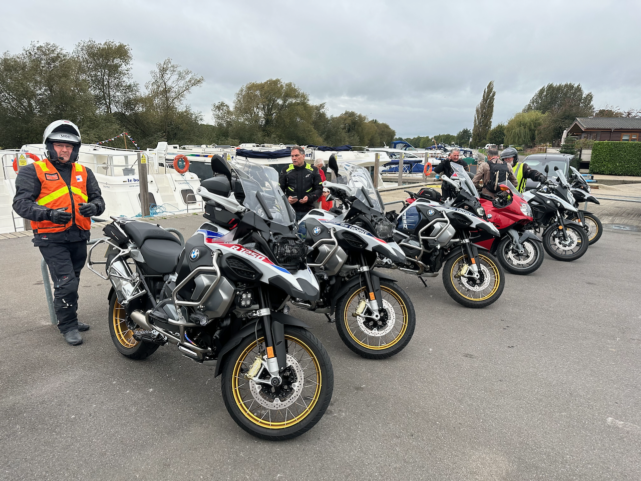


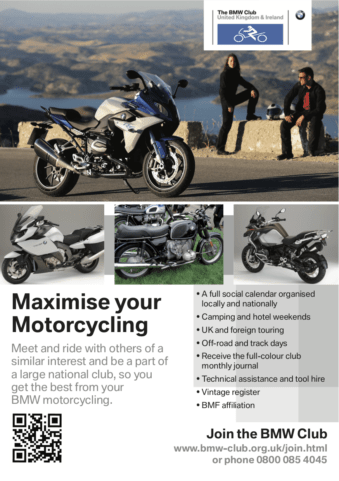
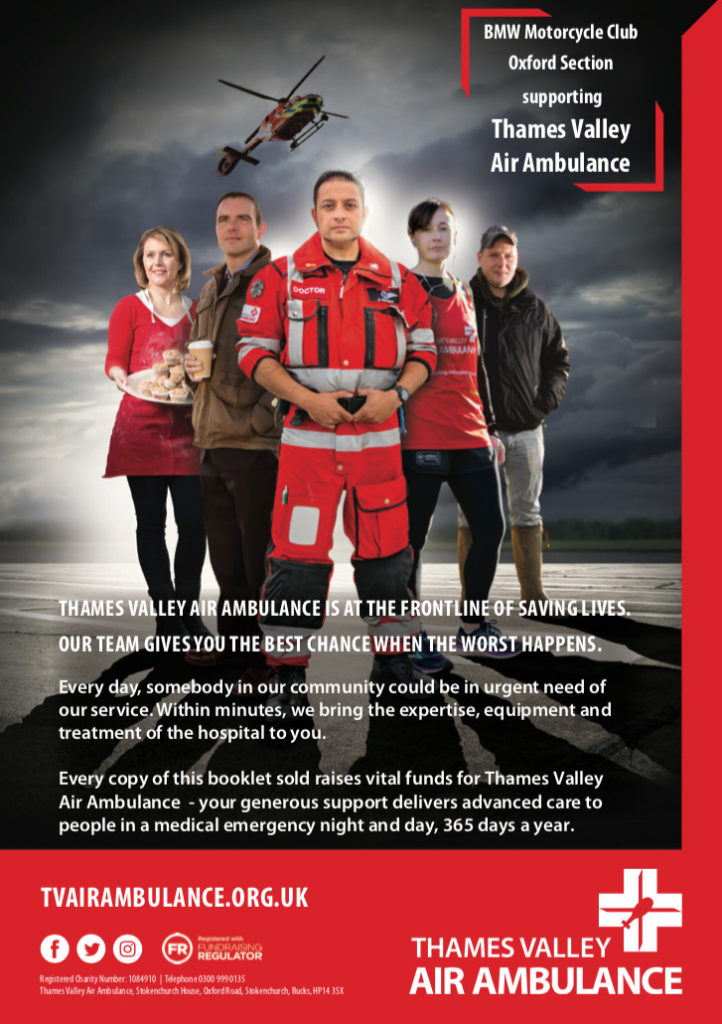
You must be logged in to post a comment.